Stars and strife: US sailors who were lovers and fighters
- Published
The latest World War One At Home short being broadcast on BBC Radio Scotland looks at US Naval Base 18.
The base. set up in a disused distillery in Inverness. served as factory, store and supply point for the laying of thousands of floating mines in what was called the Northern Barrage.
At 230 miles (370km) long and 25 miles (40km) wide, the defensive measure stretched from Orkney's east coast to Norway.
The US sailors tasked with making and laying more than 70,000 mines made themselves at home in Inverness, something that made the men both friends and rivals.

US sailors, other personnel and their commanders started arriving in Inverness in 1917.
US Naval Base 18 was established at Glen Albyn malt whisky distillery. Built on the site of a former brewery, the distillery had been closed since 1855 and for years after that the buildings were put to use as a flour mill.
The Americans converted the site into a mine factory.
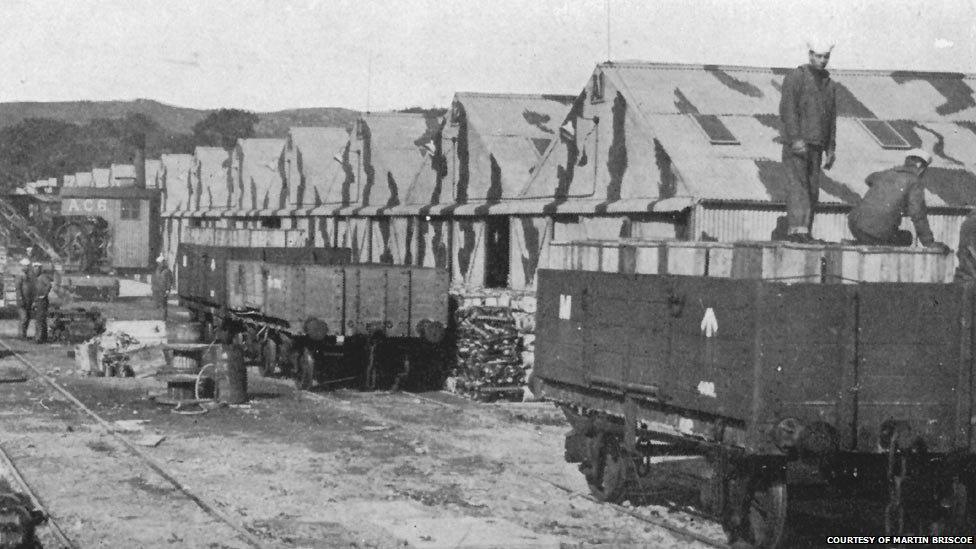
During the final months of World War One, the US Navy worked with British sailors in laying the Northern Barrage.
Some of the buildings at the former distillery were painted to camouflage them against German air raids.
The threat was very real. Germany bombed parts of England using Zeppelin airships and Gotha biplanes. Scotland's first air raid came in April 1916 when Edinburgh was bombed.
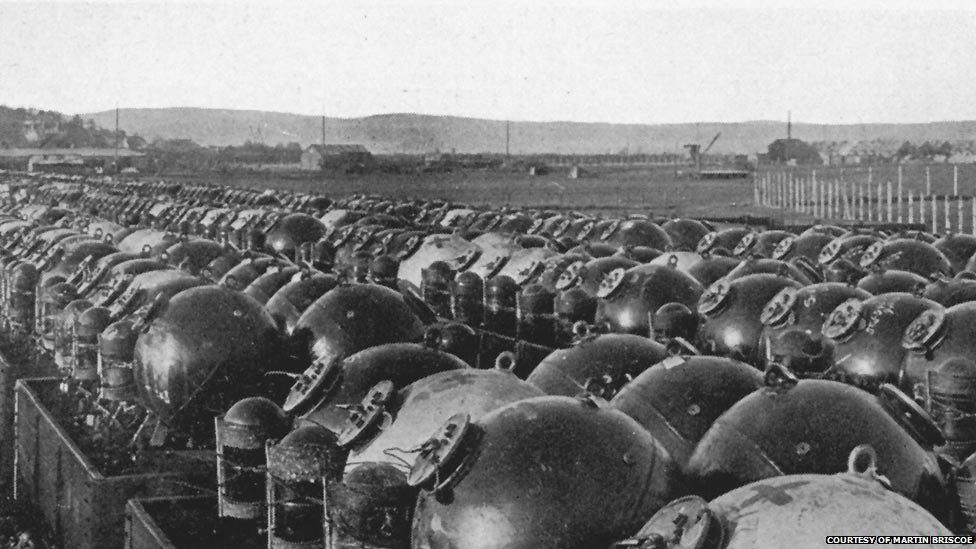
Thousands of the mines were manufactured at the factory in Inverness. The completed barrage involved 10,000 tons of explosives.
Dr Stewart Fraser, a lecturer in social sciences at the University of the Highlands and Islands, said at the time the barrage was the world's largest minefield. Bigger ones were laid in World War Two.
He said: "The mine barrage was a part of the allies' anti-submarine effort laid in early 1918.
"The Americans' involvement was due to their industrial capacity, their ability to build most of these mines. They also had the mine laying capability - eight converted merchantmen and two old cruisers."
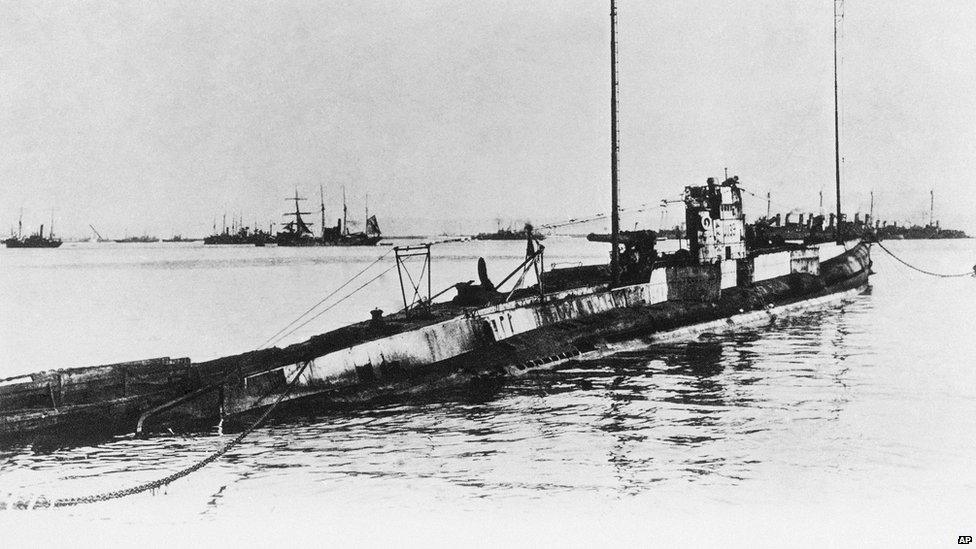
"It was an effort to stop the German submarine fleet. Most of their bases were on the North Sea coast or in the Baltics. so the allies sought to make use of what were known as choke points," said Dr Fraser.
The choke points were geographical features which the allies attempted to block by laying floating mines. Another of the choke points were the straits of Dover.
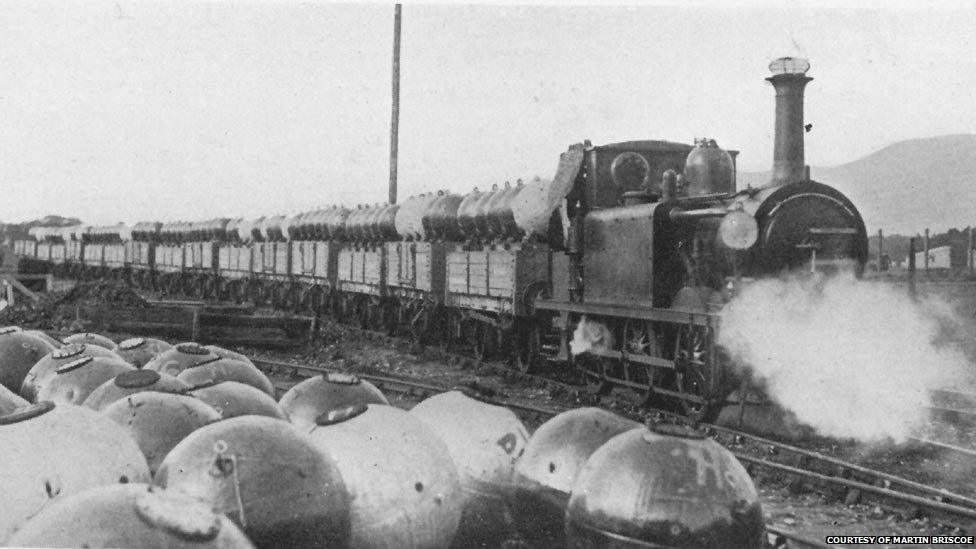
A locomotive was used to move the mines from the factory to lighters, small boats, in Inverness harbour for delivery to large ships that laid the weapons.
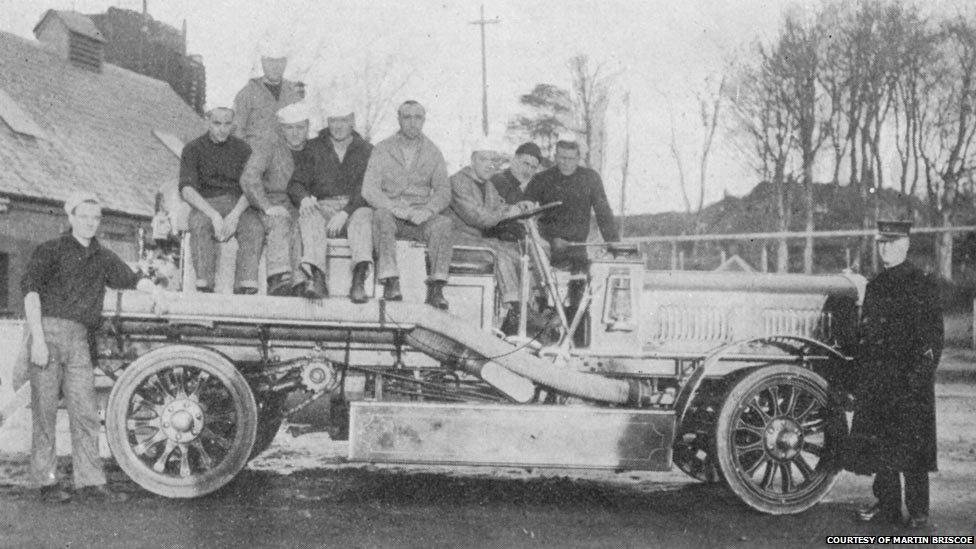
The base had its own fire engine, an essential piece of equipment in an environment where there were thousands of tons of explosives.
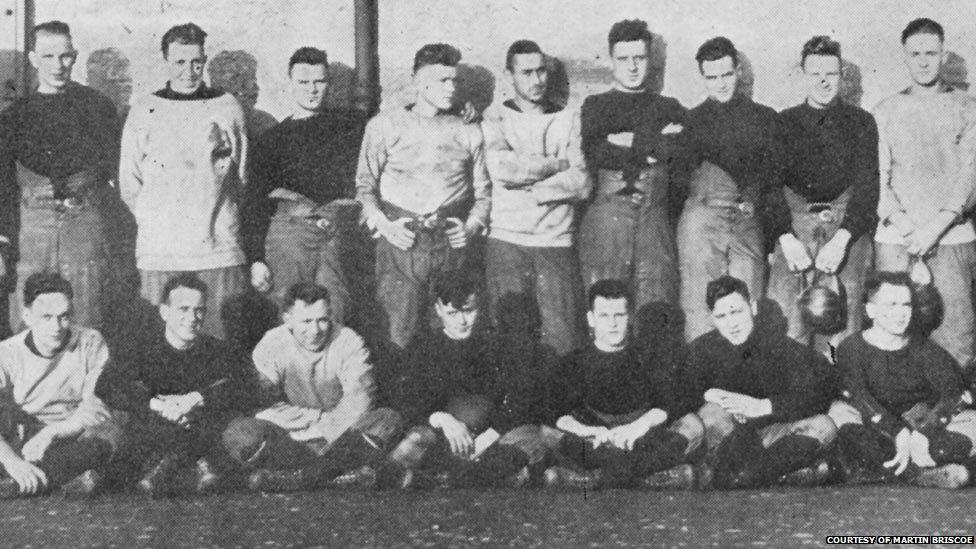
The US personnel sought to make themselves at home in Inverness.
They played American football and started a brief craze for baseball in the Highlands, a region where the chieftain of stick-and-ball sports is shinty.
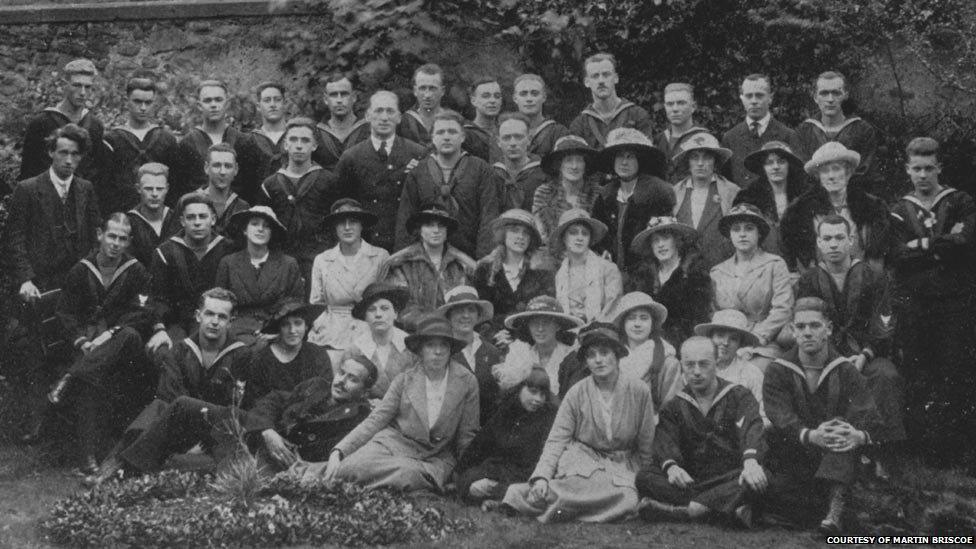
Entertainment was also provided by the Mine Force Show.
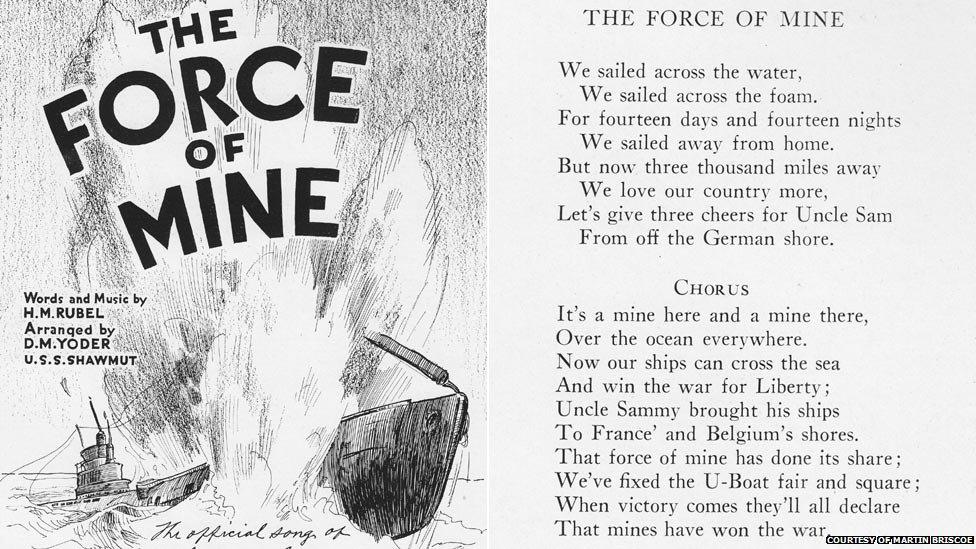
The crews of the ships laying the mines also wrote songs about their duties and drew cartoons of life at sea and on shore in Inverness.
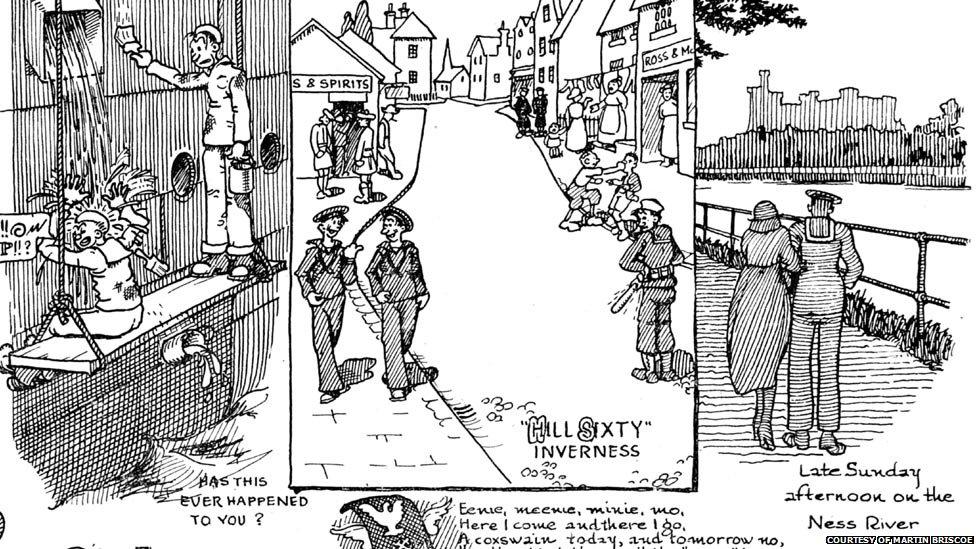
This cartoon by a US serviceman called Victor Beals reveals another effect of the naval base on what was then still a town - the sailors' courting of local women.
To the right of Beals' illustration, a sailor and his lady friend are shown taking an afternoon stroll along Ness Walk with Inverness Castle on the hill on the opposite bank of the River Ness.

This photograph from the time of US Naval Base 18 is captioned Lover's Lane in Inverness. The image may show British or US sailors.
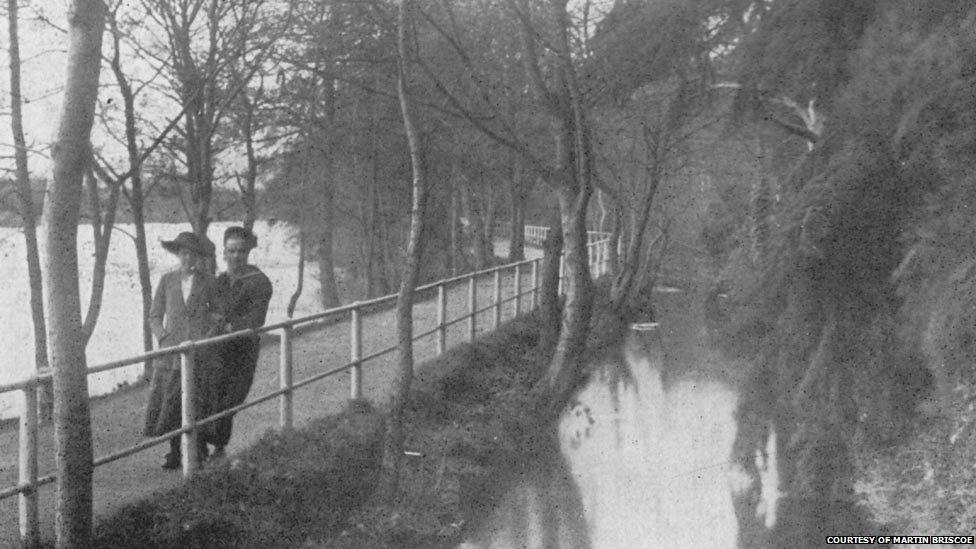
This couple were photographed at Inverness' Ness Islands, a beauty spot on the River Ness.
The Americans' presence was not welcomed by all.
In the World War One At Home short, Inverness historian Richard Jenner tells of Scots soldiers returning home from the war to find their wives and girlfriends being courted by the sailors.
He said: "At one point it got to the stage where there was a riot on the streets of Inverness.
"The Scottish soldiers kettled the US Navy sailors down the streets and forced them back into their barracks."
The sailors are believed to have been confined to barracks for the duration of the minesweeping phase of the barrage project. Mr Jenner said local shopkeepers took a hit in trade when the Americans were ordered to remain on base.
The minesweeping phase came at the end of the war when efforts began to remove the mines and clear away the barrage.
According to the hydrographers' magazine, Hydro International, external, as many as half of the mines laid were never recovered.
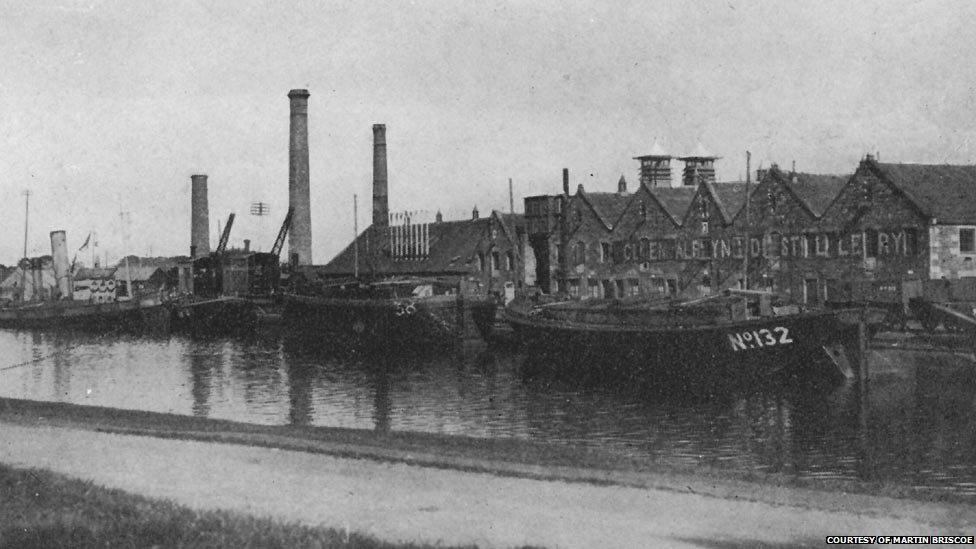
The distillery buildings at Muirtown used for the mine factory were demolished in 1988.